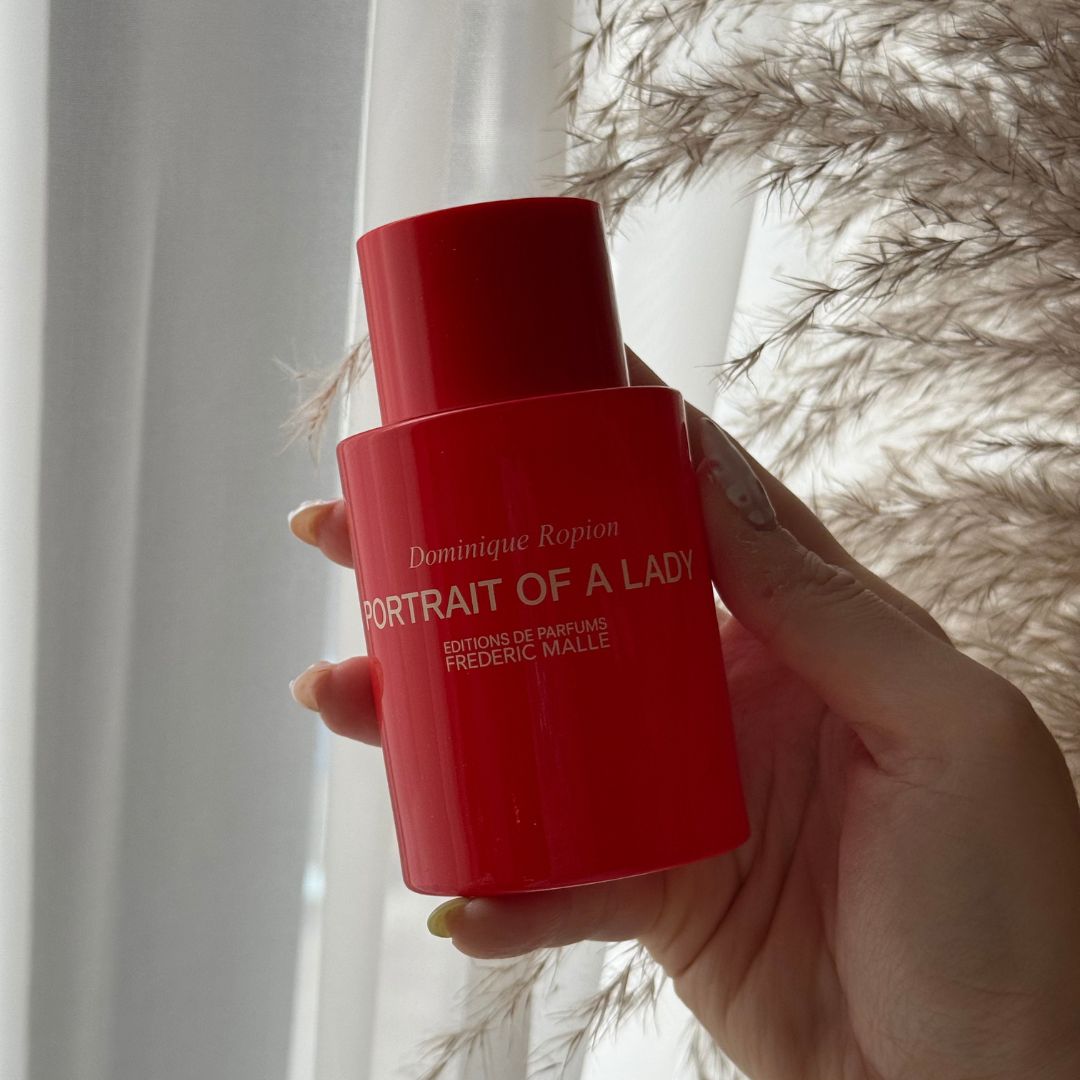Get your flex on – why we should all be working more flexibly
LinkedIn – the world’s largest online professional network – is working hard to raise awareness of the benefits of flexible working. We say: Bring. It. On.

LinkedIn – the world’s largest online professional network – is working hard to raise awareness of the benefits of flexible working. We say: Bring. It. On.
As we emerge blinking into the brave new post-pandemic world, we’re all looking for silver linings and positive lessons we can take forward from what has been an incredibly challenging time. One of these, we’re told, is the radical shift that shook the world in March 2020, when working from home moved from niche practice to familiar acronym faster than it takes to type W.F.H.
‘The pandemic has shown us that people don't need to be bound to their office chairs from 9-5, Monday to Friday in order to get their work done. There are other ways of working and, actually, giving employees a degree of flexibility often results in higher productivity, ’ says Emily Spaven, Managing Editor at LinkedIn News UK. Emily, who is mother to two girls says, ‘I adore my job, but working a four-day week has helped to soften the blow of returning back to the workplace after being on maternity leave. It also means I get that extra time with my two girls.’

The trick, she says, is not to ‘slip back into the way we’ve always done it’ and return to patterns of old. ‘It feels like a unique opportunity for employers to listen to their employees and continue to evolve their flexible working policies based on what their staff need. We are – potentially – at a genuine turning point.’
For while LinkedIn’ research reveals that more than two in five women in the UK believe working more flexibly would improve their mental health, almost half (46%) of those surveyed believe flexible working continues to carry a stigma. In fact, 28% of women who work flexibly admit to having hidden that fact from colleagues, clients or friends at one time or another.
The flexibility conundrum
‘From a personal perspective, I’m a firm believer that a degree of flexibility in the workplace is the best way to attract diverse talent, increase satisfaction and up staff retention,’ says Andrea Thompson, editor-in-chief of Marie Claire. ‘If we are serious about achieving gender equality at work by preventing women dropping out of the workforce at key points in their career, flexible working is essential.’
Andrea cites Marie Claire’s own research into the subject revealed that over 50% of women of child-bearing age said that they would leave a job entirely if their request for flexible working was refused. Which, in itself, is encouraging.
After all, the very fact that women are now willing to vote with their P60s rather than stay in jobs feeling overstretched and miserable means more people aren’t just more willing to ask for what they want, they’re feeling increasingly confident they’ll get it.
That’s certainly something that online platform, Flexa Careers supports. It works to help enable people to search by “how” candidates will work, including remote-first, dog-friendly, and flexible hours filters, as well as “what” role they will do. Founded by Molly Johnson-Jones, the aim is to bring total transparency to the hiring market, and allow people to find companies that meet the needs of both their careers, and their life outside work, something which is particularly important for working mothers.
The truth about flexible working

‘We set up Flexa because of my own terrible experience of accessing flexible working,’ Molly explains. Molly was diagnosed with an autoimmune during her former career in investment banking. ‘I asked to work from home once a week,’ she says. ‘Ten days later, I was called into a meeting, a settlement package was put in front of me and I was sacked.’
These days, the savviest companies embrace flexible working – whether in the days or hours you can work, or the location – because they know there are all sorts of benefits in doing so. A key upside is what Molly calls ‘talent traction’; companies that publicly offer genuine flexibility ‘find it easier to hire people’.
And women, who as main caregivers continue to be most affected by the damage a lack of flexibility can have on a career long-term, are leading the charge. Research conducted on women by LinkedIn revealed 74 percent were in favour of flexible start and finish times. 71 percent would plump for an increase in annual leave while 68 percent cited a four-day working week as the preferred way of incorporating flexible working more flexibly.
That chimes with what Andrea – who oversees a largely female team – has observed, too: ‘From my experience people often work harder, perform better and have more loyalty to a company when they feel they have an element of control and autonomy over how they structure their day,’ she says.
There is, says Molly, ‘an overwhelming body of research’ to support this – not all of it new – which makes something of a mockery of what had been one of businesses biggest bugbears about flexible and remote working: would people actually do the work and for as many hours as their contracts required if they couldn’t be physically monitored in offices at set times?
Putting the flex into flexible
Many people were pushed into working flexibly by the pandemic and many who did so found they worked harder than ever, making up the hours otherwise lost to commutes and in-person meetings and water-cooler chats by staying at their desks – sometimes to the point of burnout.
No wonder people are looking for ways of working that work better for them. The so-called ‘flexidus’ Molly describes is very real with 50% of women polled by Marie Claire saying they would vote with their feet if their company refused flexible working requests entirely. Vacancies in the UK are at an all-time high, thanks in part to another key shift in our approach to work. The past two years have served to trigger a kind of collective existential crisis, leading more and more employees to ask not just asking: ‘Is there a better way?’ but: ‘Is this it?’, with people leaving the job market entirely at a rate never seen before.
Of course, some people simply want to take time out, with an increasing number of us wanting to pull into the pitstop of the career racetrack for a life – or lifestyle – MOT. The new Career Break tool on LinkedIn is a reflection of this. It is designed, says Emily, to ‘better reflect the reality of our members’ career journeys and, in turn, normalise taking a break. The tool will help empower women to take the next step in their careers after returning from a career break and, by openly sharing breaks in our careers, we can not only normalise them, but support more fair and flexible working for all.’
‘What’s clear,’ says Andrea, ‘is that the fixed nine-to-five, Monday-to-Friday, office-based model is outdated.’ Roll on the four-day week.
LinkedIn is running a series of free online courses that aim to help build flexible, inclusive workplaces for women in particular, including Negotiating Work Flexibility, Preparing Your Family Leave and Return and Inclusive Female Leadership.
Visit LinkedIn.com to take part. Join the conversation on LinkedIn using #FlexibleIs.
Marie Claire Newsletter
Celebrity news, beauty, fashion advice, and fascinating features, delivered straight to your inbox!
The leading destination for fashion, beauty, shopping and finger-on-the-pulse views on the latest issues. Marie Claire's travel content helps you delight in discovering new destinations around the globe, offering a unique – and sometimes unchartered – travel experience. From new hotel openings to the destinations tipped to take over our travel calendars, this iconic name has it covered.
-
 Penn Badgley and Blake Lively kept their breakup a secret from the Gossip Girl cast and crew - here's what we know about their former relationship
Penn Badgley and Blake Lively kept their breakup a secret from the Gossip Girl cast and crew - here's what we know about their former relationshipBy Jenny Proudfoot
-
 Spring has finally sprung - 6 best outdoor workouts that are totally free and boost both body and mind
Spring has finally sprung - 6 best outdoor workouts that are totally free and boost both body and mindSoak in the nature and boost Vitamin D *and* endorphins.
By Anna Bartter
-
 This iconic rose perfume is a compliment magnet—it makes me feel ‘put together’ after just one spritz
This iconic rose perfume is a compliment magnet—it makes me feel ‘put together’ after just one spritzGrown-up and elegant, yet not at all dated.
By Denise Primbet